India has a mixed legacy when it comes to soft power. It went through periods of heights, plateaus and lows. There was no single country with greater soft power than ancient India throughout history. Great empires outside the subcontinent held it with awe and admiration. India had international trade links right from the Indus valley civilisation. India was self-sufficient, and it always had a favourable balance of payments. Its spiritual philosophies, advances in mathematics, astronomy, surgery, and herbal medicine have vastly influenced other civilisations.

What is Soft Power?
Soft power refers to the degree and the type of global mind space countries come to occupy and the influence it gives to them. Harvard political scientist Joseph Nye is often credited for popularising this construct of countries having soft power. Nye says countries with soft power use less coercion and other direct persuasive tactics like force and money to influence other countries. Soft power is a passive form of power whereby others gladly do what you want without your having to twist their arm.
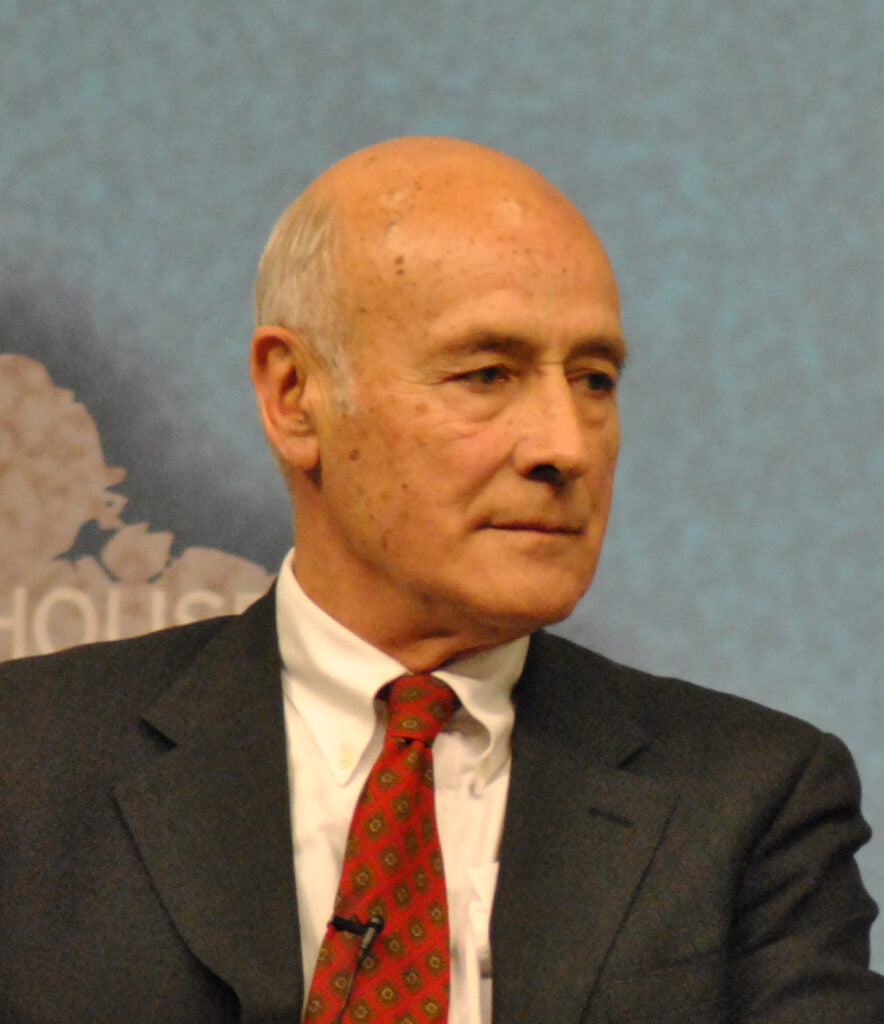
Soft Power and Today’s India
The present situation is diametrically different from those glorious days, but it has considerably improved in recent years. No other country produces such contrasting images in the minds of foreigners as India does. When primed by the word ‘India’, the images that people visualise include debilitating poverty(thanks to Slumdog Millionaire), colourful and cheerful people(courtesy Bollywood), spiritualism (mainly due to yoga and spiritual gurus) and a growing economy, among others. These images are accompanied by varied emotions, determining people’s attitudes towards India. It ranges from pity towards the poor the victims of colonialism and corruption. Disgust accompanies the images of open defecation and disease. A militarily expanding and nuclear-capable India produces fear, especially among its smaller neighbours.
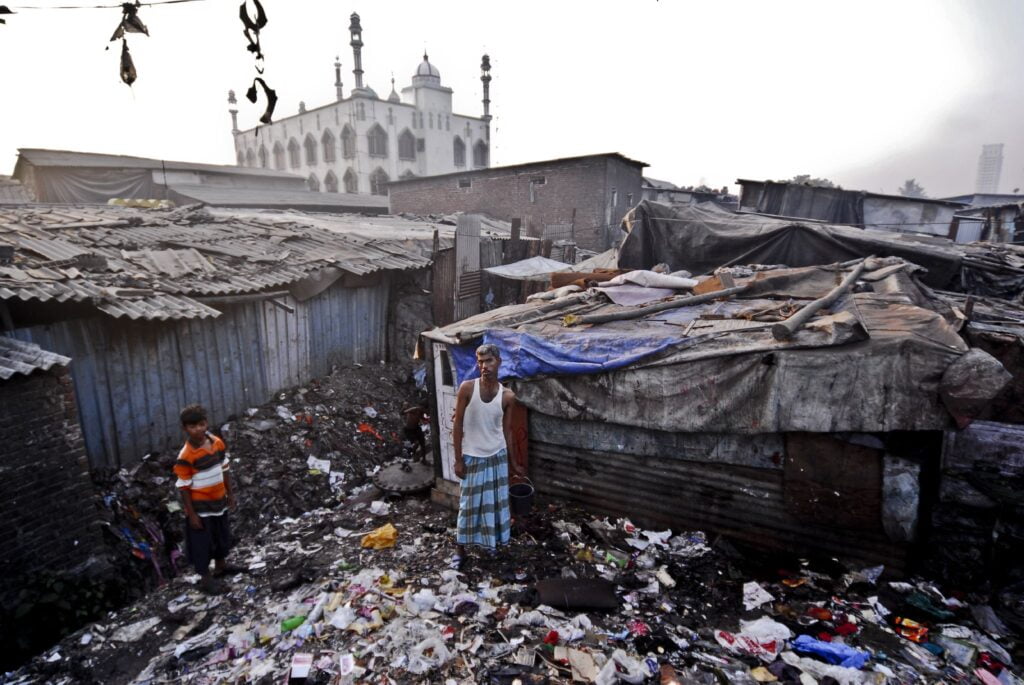
Underdeveloped countries of Africa and Asia admire India for pulling out hundreds of millions of people from poverty. UN and some developed countries respect and get inspired as India reinforces their belief in a democracy responsible for its stability and prosperity. Some countries in our neighbourhood envy India’s rise and are working to destabilise it.
This situation is because of historical events happening for hundreds of years, transforming India into a land of extreme diversity- economically, culturally and spiritually.
Unity in Diversity
India does not have a single culture which can be claimed as the ‘Indian culture’. There are mind-boggling numbers of cultures co-existing in India, which more than anything reflects the power and diversity of human ingenuity. However, there are some deep values and norms that all Indians hold dear. This is termed the stamp of India by Jawaharlal Nehru, India’s first prime minister. The most important shared values are ‘plurality’ and mutual respect.
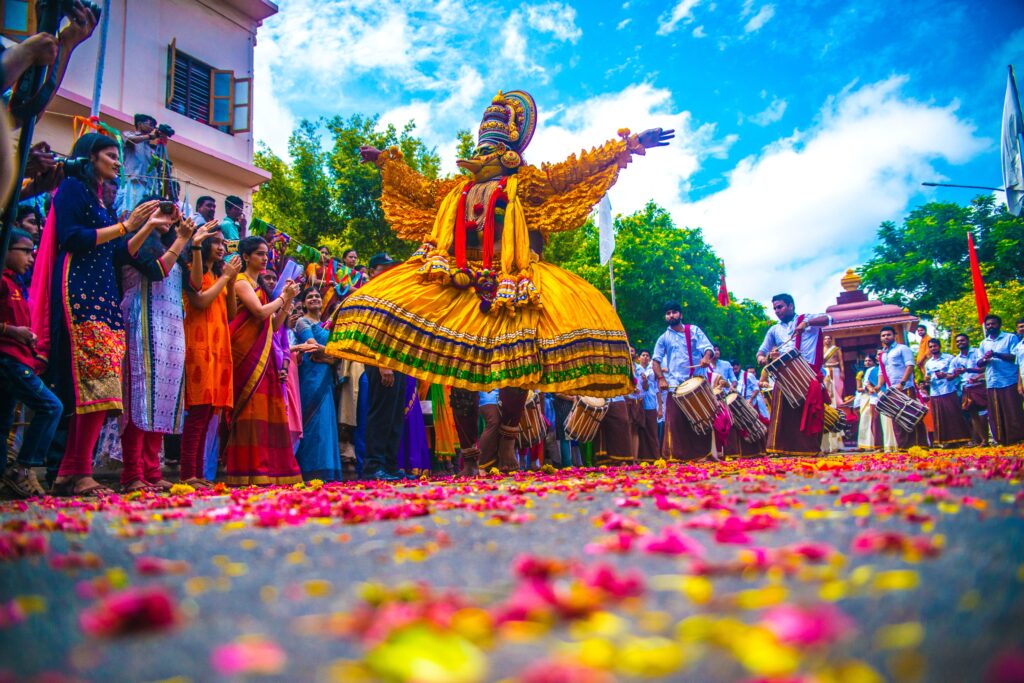
These shared values gave rise to the phenomenon of the unity in diversity observed in India. Hence if there is one thing which reflects Indianess, it is tolerance and receptivity towards other persons, other ideas and other cultures. This has been the saving grace of Indian democracy.
The Vision
Soft power offers considerable advantages to nations that possess it, especially in the 21st century, where information travels in real-time. People make judgments and air their opinion for the whole world to see(for instance, on Twitter).
“Countries need to be more careful about the image that they project. India needs to recognize that image is everything in the digital world.“
ISIS could attract thousands of young people worldwide to rally to its cause. Its parent organisation Al-Qaeda failed due to its effective use of multi-media and social media.
The contrasting images other countries hold about India need to be changed. India needs to build a picture of a respectable & admirable country which has a lot to offer to the stability and prosperity of the world.
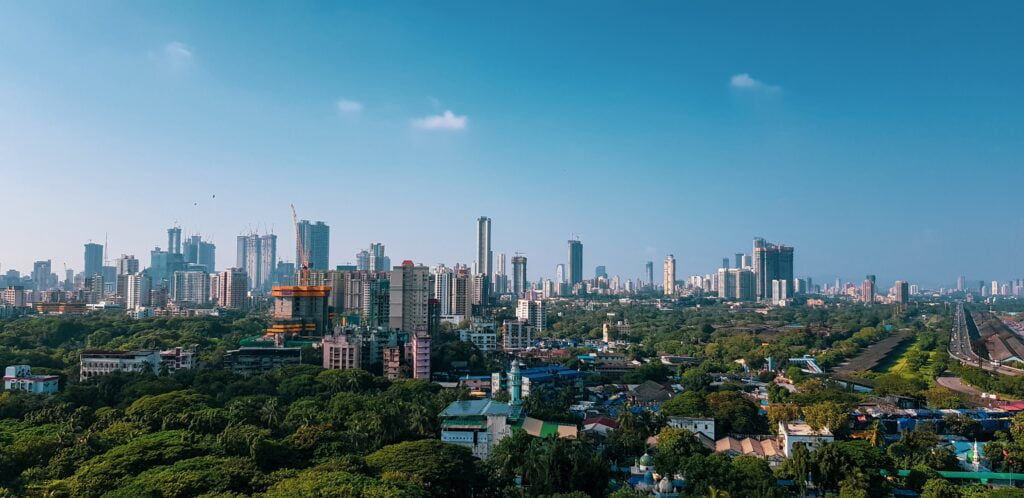
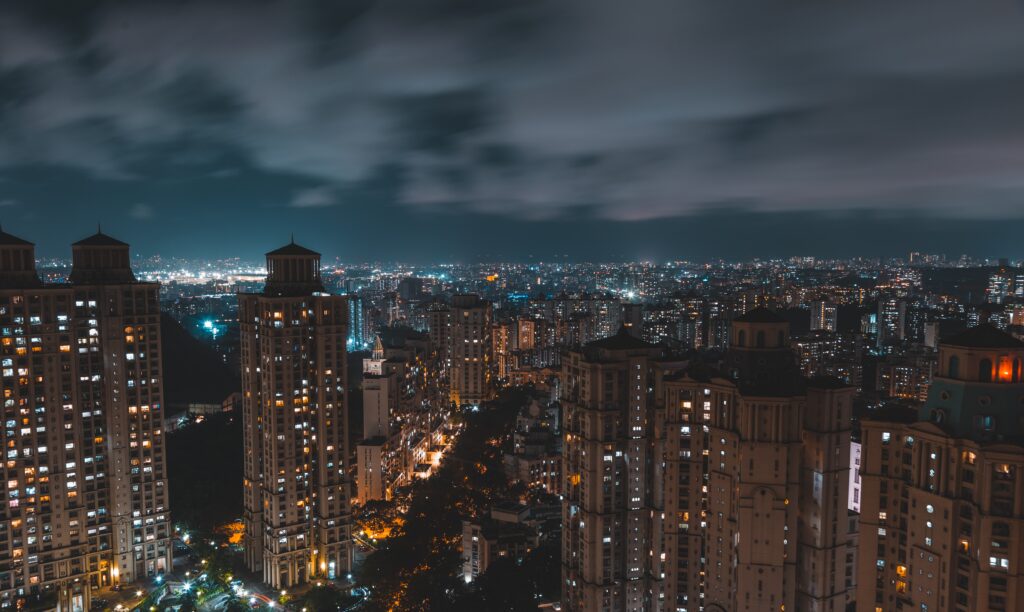
To attain this objective, India needs to:
- Reduce corruption and poverty to reduce the feelings of anger, disgust and pity toward the country
- Build world-class infrastructure and invest in Science and technology to gain admiration
- Work for a peaceful international environment based on international laws and resolve our conflicts with our neighbours.
- Promote self-sufficiency and become a global hub effectively utilising its human capital, which is yet to reach its peak.
All these could reduce feelings of envy and fear.
Interested to know more about how certain nations use soft power to mark their presence on the world map? Read here!
Written by C M V Teja – check out more articles by our author here- The Banyan Tree blog.

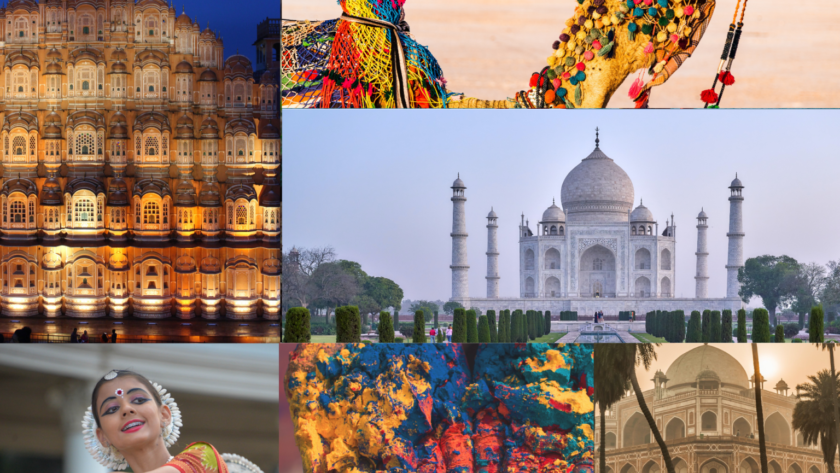



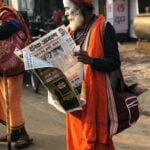

[…] HOW DOES SOFT POWER PORTRAY INDIA’S IMAGE TO THE WORLD? […]